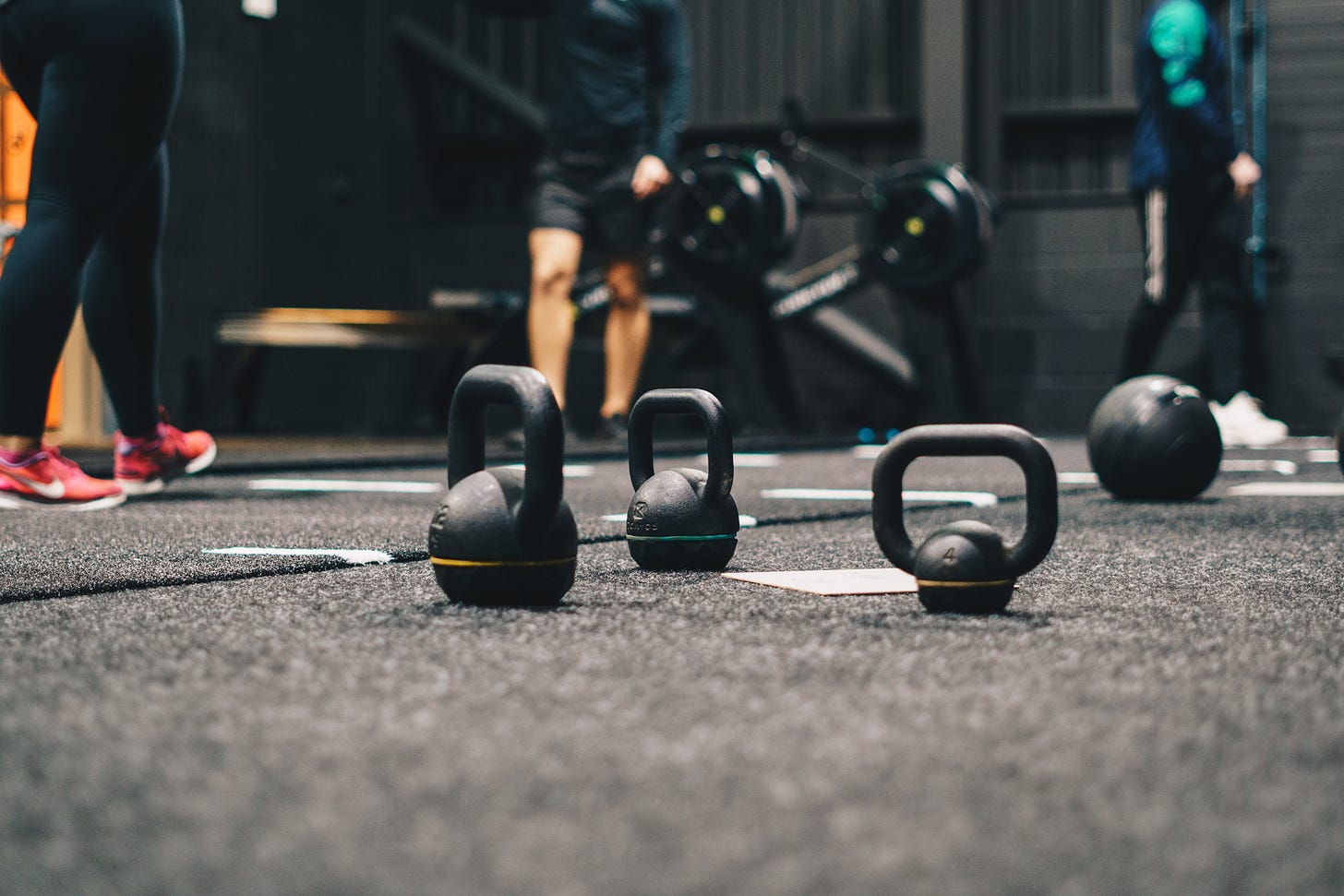The exercise class customer is always right
Gyms need group classes for total beginners. You, the customer, have to push for it.
Writer Amanda Mull recently published a piece for The Atlantic: “What the Fitness Industry Doesn’t Understand.” (Read about Hampton Liu’s excellent beginner exercise YouTube videos in the piece!) It doesn’t understand, Mull writes, that most people walking into gyms or classes for the very first time are walking into…
Keep reading with a 7-day free trial
Subscribe to Body Type to keep reading this post and get 7 days of free access to the full post archives.



